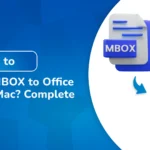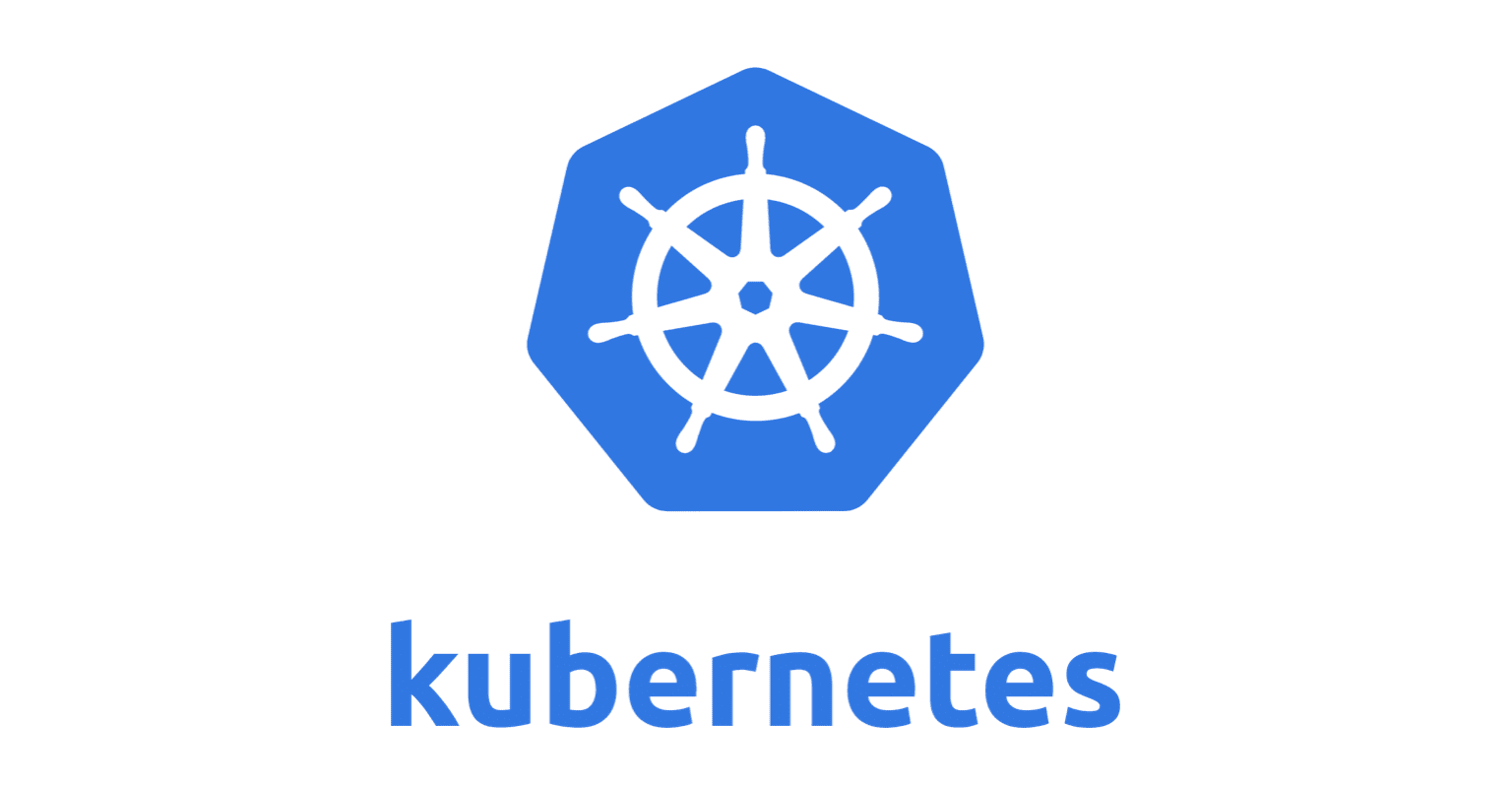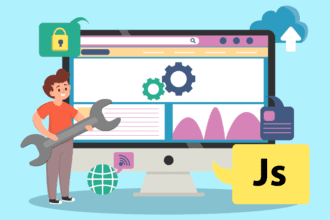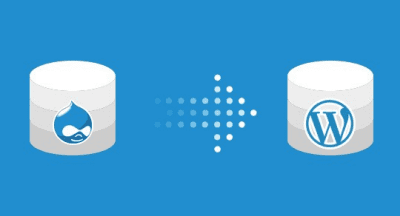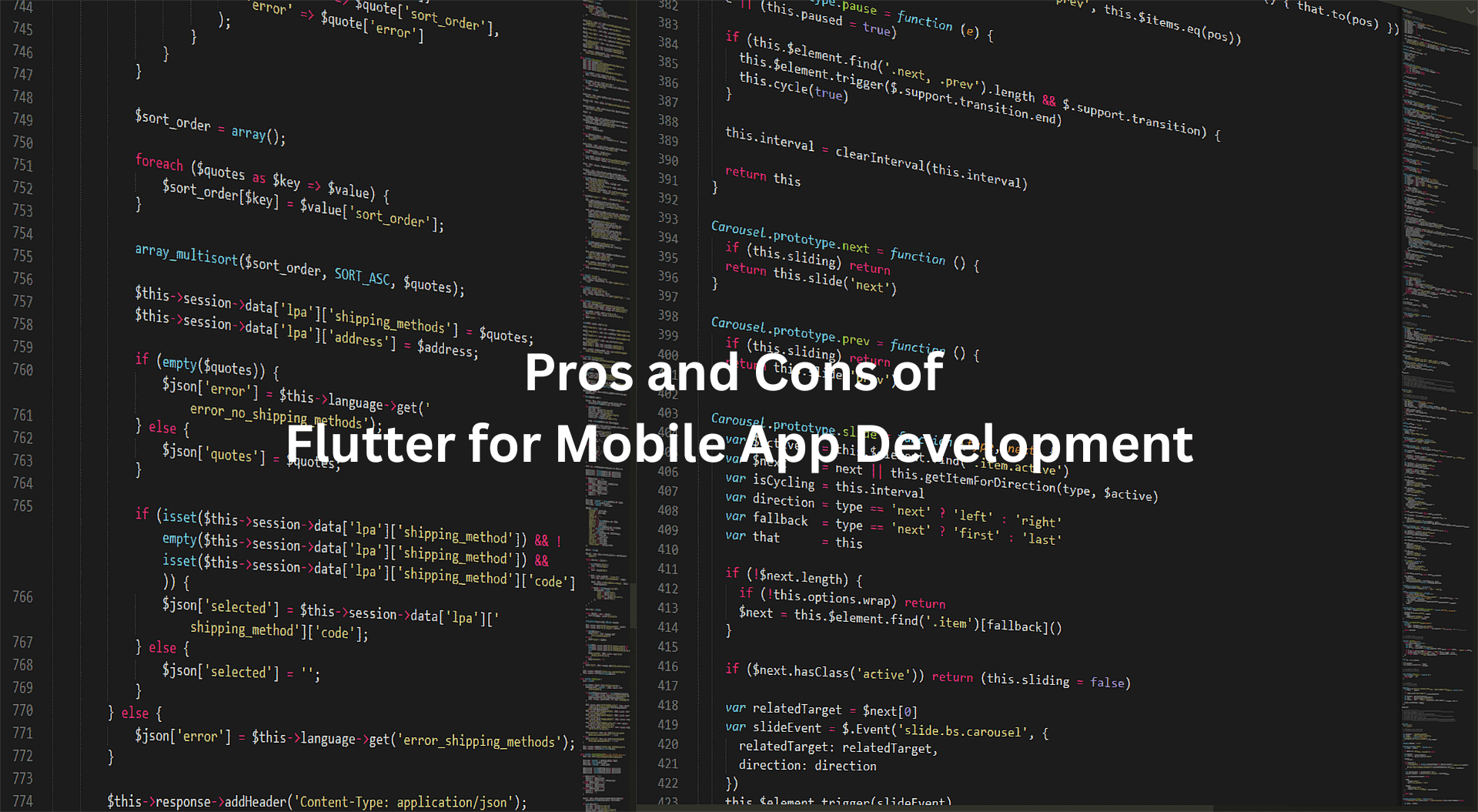
Be it Google Pay’s intuitive and visually rich interface, Google Ads’ fluid and consistent cross-platform UI, or My BMW’s seamless connected vehicle controls, they exemplify Flutter’s pros and the ability to build high-end mobile apps. However, there are many pros; Flutter isn’t quite free from cons, as it has some.
The single codebase, faster development, cross-platform adaptability, faster iteration with hot reload, cost-effective development, and access to native features are a few of the pros of Flutter. These factors are also considered among the key characteristics of Flutter application development that make it so popular among businesses and developers. There are some cons of Flutter, including large app size, limited platform-specific features & API access, performance constraints, and a steep learning curve.
If you’re planning to use Flutter for your next project, considering the pros and cons before you hire Flutter developers is crucial. This article explains the pros and cons of Flutter and lets you know them and determine whether it’d be the right choice for your next project.
What’s Flutter?
Before diving deeper into the pros and cons, it would be better if we knew the basics of Flutter. It helps to understand it better. Flutter is a UI framework that allows developers to create natively compiled applications for mobile, web, and desktop with a single codebase. It uses the Dart programming language and offers a rich set of widgets and tools, helping developers create interactive and immersive UIs.
Pros of Flutter for Mobile App Development
Now that you’ve had a look at the basics of Flutter, it’s time to come to the key discussion point where we’ll explore the pros and cons of Flutter. Here are the pros of using Flutter for mobile app development:
Single Codebase & Faster Development
Flutter allows you to build an app that runs on both iOS and Android using a single codebase. Besides, when you’ve a single codebase, updating features and fixing bugs becomes a breeze. These all result in reducing development time and efforts, making app development and maintenance faster.
Cross-Platform Adaptability and Localization
Do you wish to build an app that runs on different platforms? If yes, Flutter could be the choice for you. Yes, this framework lets you build apps for multiple platforms like iOS and Android without rewriting the code for each platform. It simplifies building applications for a global audience with features such as internationalization (adapting apps for different languages and regions).
Hot Reload for Faster Iteration
The hot reload feature is one of the pros of Flutter that accelerates development by enabling instant code reviews for any changes without a complete app restart. It enables developers to see changes with no restart, speeding up design, tweaking, bug fixes, and future experiments, making it ideal for rapid prototyping and MVP development.
Customizable UIs
One of Flutter’s biggest strengths is how flexible it is when it comes to design. It gives you a huge library of widgets to start with, but you’re not stuck using them as you can tweak, combine, or build your own. You get pixel-level control, so whether your brand’s style is sleek and minimal or bold and colorful, you can make the interface look exactly the way you want.
High Performance
Since Flutter compiles to native ARM code and utilizes its rendering engine, Skia, it results in smooth animations, faster execution, and a native-like user experience, ensuring high performance. It’s well-suited for performance-sensitive applications or those with complex animations.
Cost-Effective Development
Sharing a single codebase across platforms and the faster development cycle offered by Flutter translates to reduced development and maintenance costs when compared to native app development. Cost-effective development by Flutter is one of its pros that makes it a well-suited framework even for small-budget projects.
Growing Ecosystem & Community Support
Flutter boasts a robust and actively growing community, offering extensive documentation, tutorials, plugins, and support resources for developers.
Backed by Google
Flutter is backed by Google, which ensures frequent updates, long-term stability, and alignment with evolving mobile trends.
Access to Native Features
Access to native features is another one of the pros of Flutter. Its platform channels allow developers to integrate native functionality when needed.
Cons of Flutter for Mobile App Development
The following are the cons of Flutter, which include a larger app size, a new and evolving framework, and many more. Awareness of these pros helps you organize predefined measures to avoid any misalignment down the line.
Larger App Sizes
Applications built using Flutter have larger file sizes compared to native apps. This is because of the inclusion of the Flutter engine and framework. The larger app size might be a concern for users with limited storage or slower internet connections.
Relatively New & Evolving Framework
Although it’s gaining rapid adoption, Flutter is still relatively newer compared to established frameworks. This leads to a smaller talent pool and a less mature ecosystem of third-party packages and libraries.
Limited Platform-Specific Features & API Access
Flutter allows access to native features through platform channels and plugins; however, some advanced or platform-specific functionalities need more effort to implement or may not be as readily available as in native app development.
Performance Constraints for Complex Apps
For applications that require heavy background processing or advanced hardware integration, they are prone to performance constraints with Flutter. Therefore, native development might be more efficient.
Non-Standard Design
Although Flutter offers great customization, its default Material and Cupertino designs might not perfectly align with the standard look and feel of native apps. It can be a concern for some projects.
Wrapping Up!
Flutter provides a robust solution for building high-quality, cross-platform mobile apps with significant advantages in cost, speed, and UI customization. Despite these offerings, Flutter couldn’t be the right option for a few. Its relative newness and potential limitations in highly specialized native functionalities should be considered when deciding whether it’s the right choice for your project. If you’ve an app idea and need to build it in Flutter, getting in touch with a mobile app development company that excels at Flutter development is the way to go.



